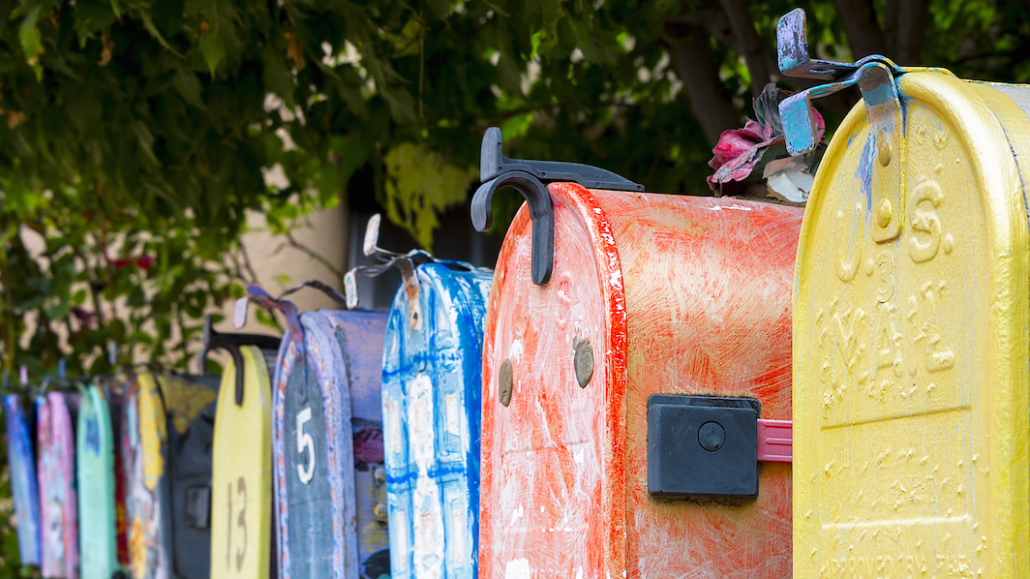
While publishers are discovering the old-school allure of the email newsletter, a longtime user of the form, SmartBrief, finds itself facing more competition than ever.
For 15 years ago, the no-nonsense company has built a business aggregating industry-specific news for trade groups in 14 subject areas, including media, tech and construction. SmartBrief sends the newsletter to the trade groups’ membership. It makes money from the advertising that rides along with the newsletter.
But with other publishers from The New York Times to Politico to Quartz jumping on the format, SmartBrief has had to assert itself. The company is developing mobile apps, and is preparing to expand on its original content with the April launch of an industry news and information site. The new site will incorporate SmartBrief’s blog site, SmartBlogs.com, and offer a mix of aggregated and expanded original content.
The idea behind the new site, as well as the apps, is to grow SmartBrief’s awareness with potential newsletter subscribers and expose existing ones to other newsletters in their industry, executives there said.
“Our newsletters go out mostly in the morning, and that tends to be cause of the industry we’re serving,” said Joe Webster, director of marketing at SmartBrief. “What we’re trying to do is create a mechanism where we can continue to reach our subscribers throughout the day. A lot of people I meet in advertising and media, when I saw I work at SmartBrief, they kind of look at me with a glazed look in their eyes. But when I say, ‘I do the IAB newsletter,’ they say, ‘Oh, I look at that every day.’ We have 200 trade groups we work with in a similar capacity.”
SmartBrief wouldn’t be the first newsletter company to go in the content direction. Young men’s lifestyle publisher Thrillist also started as a newsletter (as did Digiday, incidentally). Adam Rich, Thrillist’s co-founder and editor-in-chief, said the benefit of starting with an established newsletter was that Thrillist already had a rigorous process in place to decide what content to put in front of people and deadline-oriented staffers, skills that it could apply to the content site, which called for more searchable, evergreen content.
“Newsletters are a super hard game,” Rich said. “A big part of the understanding my editors operated under was, it had to make sense to digitally tap someone on the shoulder. We were interrupting them, and it had to make sense.”
As it drifts to the publisher side of the spectrum, SmartBrief also will benefit from its data team. SmartBrief uses machines to pick 20 to 25 articles per day, then uses its human editors to cull the list to 10 to 12, which they then summarize for each newsletter. With its team of 26 engineers (of a staff of 140), it has been focusing on a/b testing of headlines and article summaries; learning about their subscriber life cycle; and improving its curation platform.
SmartBrief’s original content ambitions isn’t without irony, since the very appeal of newsletters is based on its being an antidote to the endless stream of news and information people get from Facebook and Twitter. But The Wall Street Journal and Bloomberg need not worry just yet. SmartBrief’s editorial team currently numbers seven and that the blog site publishes no more than one post a day.
“Where we’re looking to go editorially with our original content is add additional context,” Webster said. “But it’s not going to be core to what we see ourselves doing. We don’t see ourselves turning into a publisher anytime soon. We’re not going to turn away from acting as that filter. We’re not going to be regurgitating press releases.”
More in Media

Condé Nast and Hearst strike Amazon AI licensing deals for Rufus
Condé Nast and Hearst have joined the New York Times in signing a licensing deal with Amazon for its AI-powered shopping assistant Rufus.

Media Briefing: AI payouts may be entering a new era
AI compensation is evolving — and new models, not just publisher demands, are driving the shift beyond flat-fee licensing.

In Graphic Detail: AI platforms are driving more traffic — but not enough to offset ‘zero-click’ search
Here are five graphs that reveal the major trends emerging in the world of AI and ‘zero-click’ search, and what it means for publishers.





